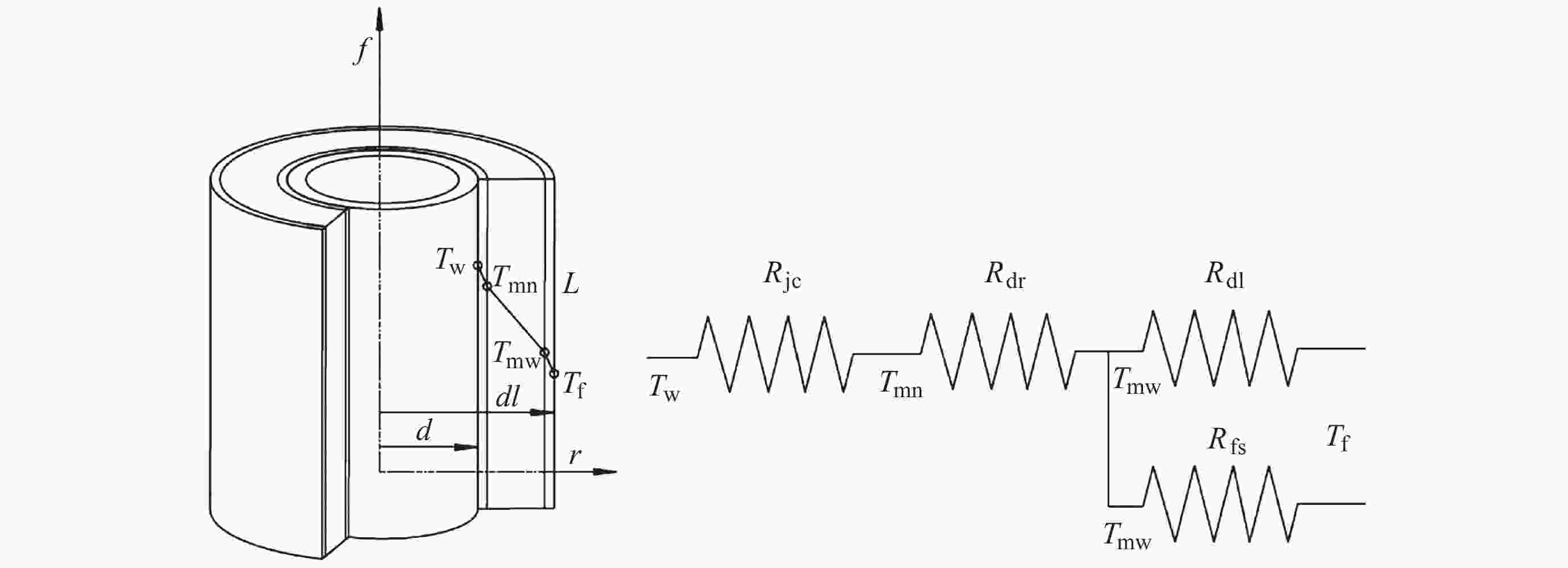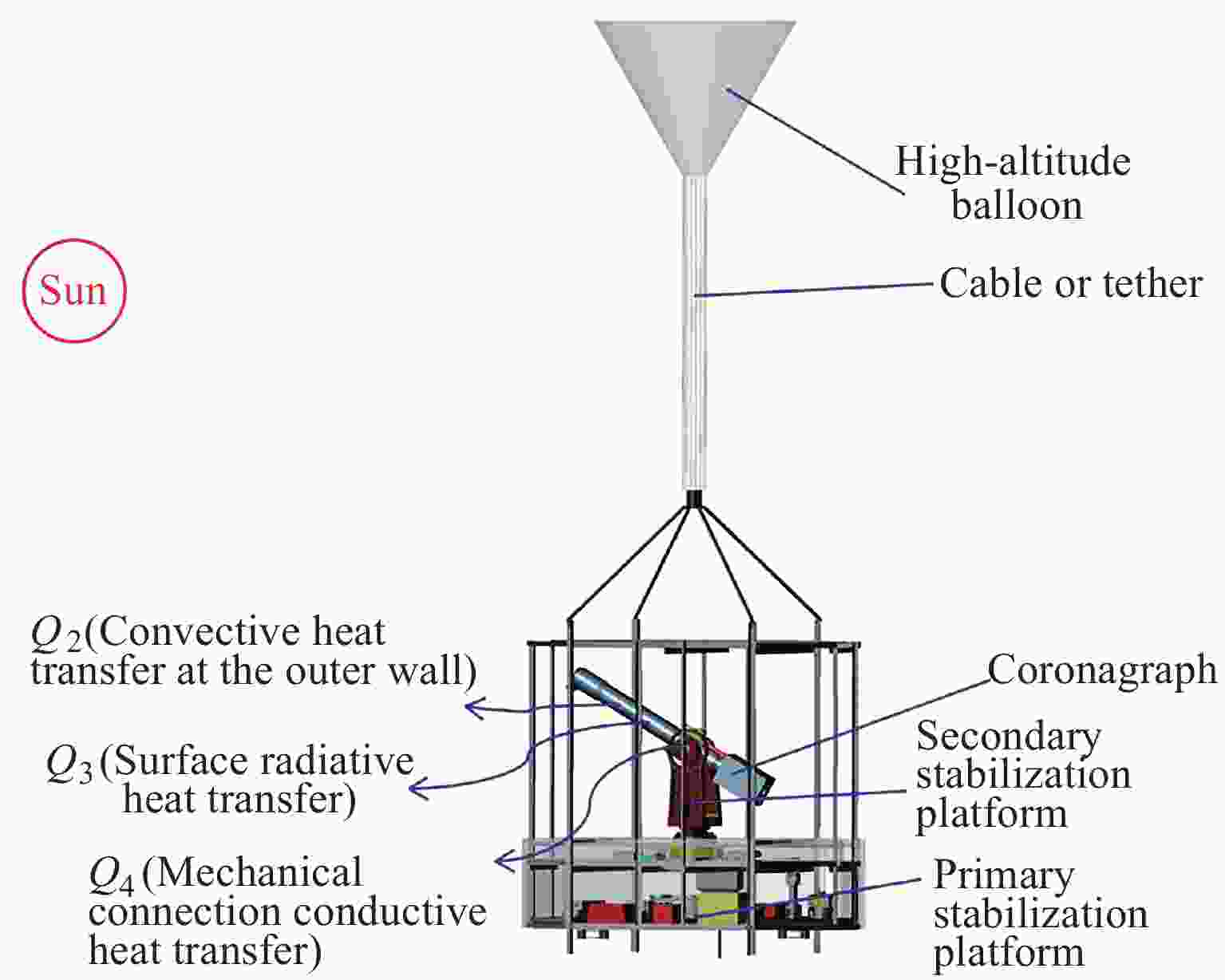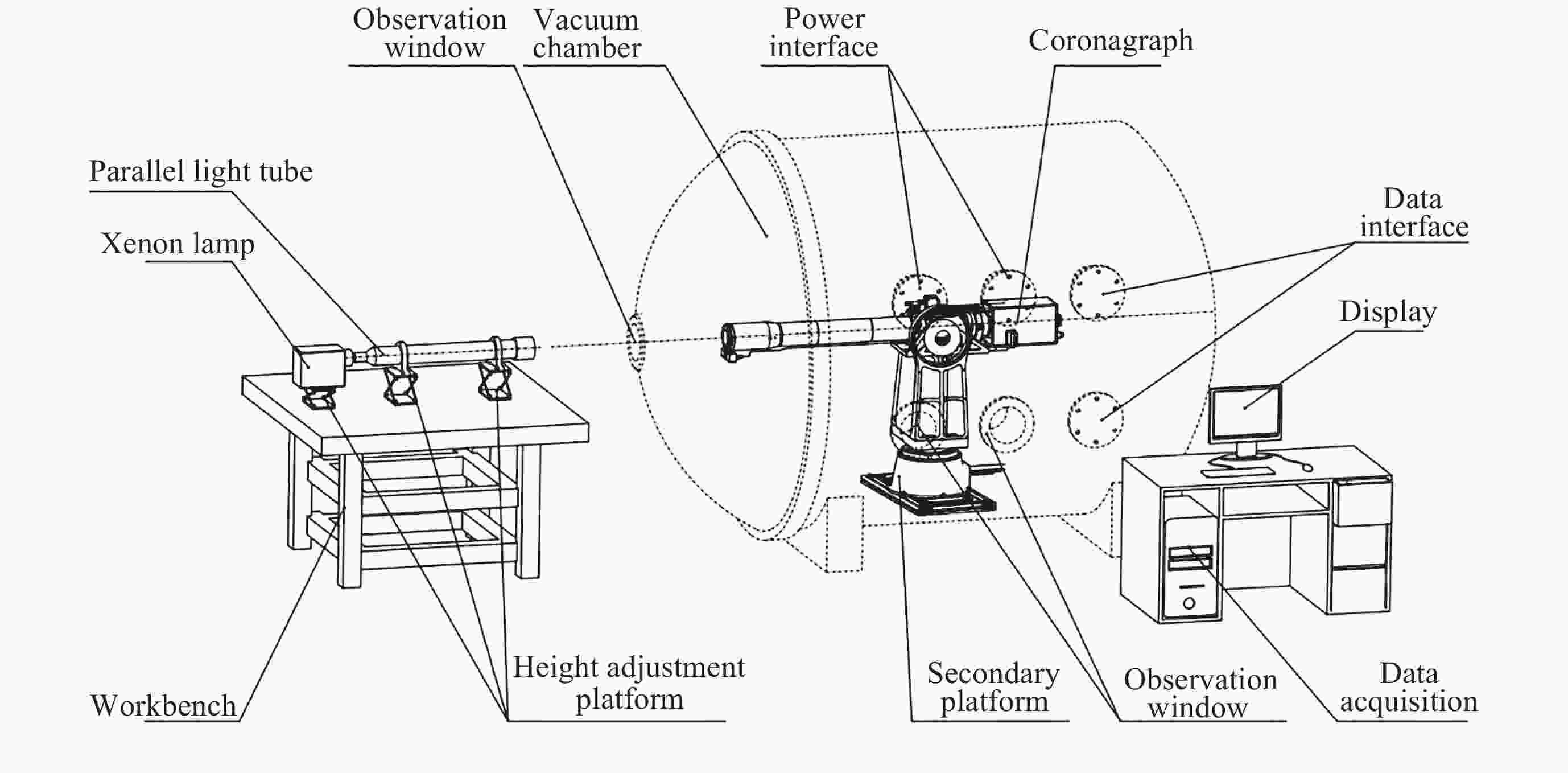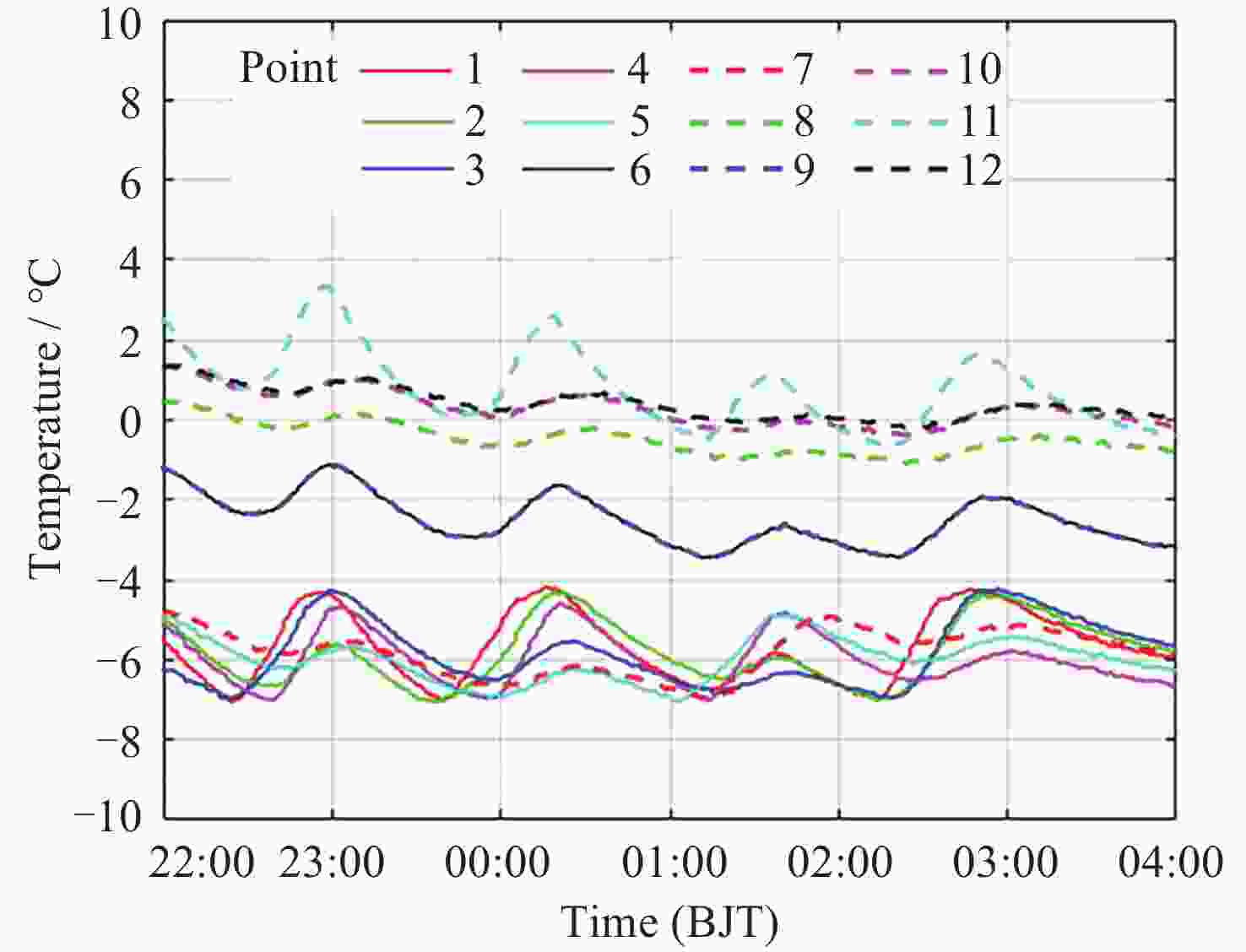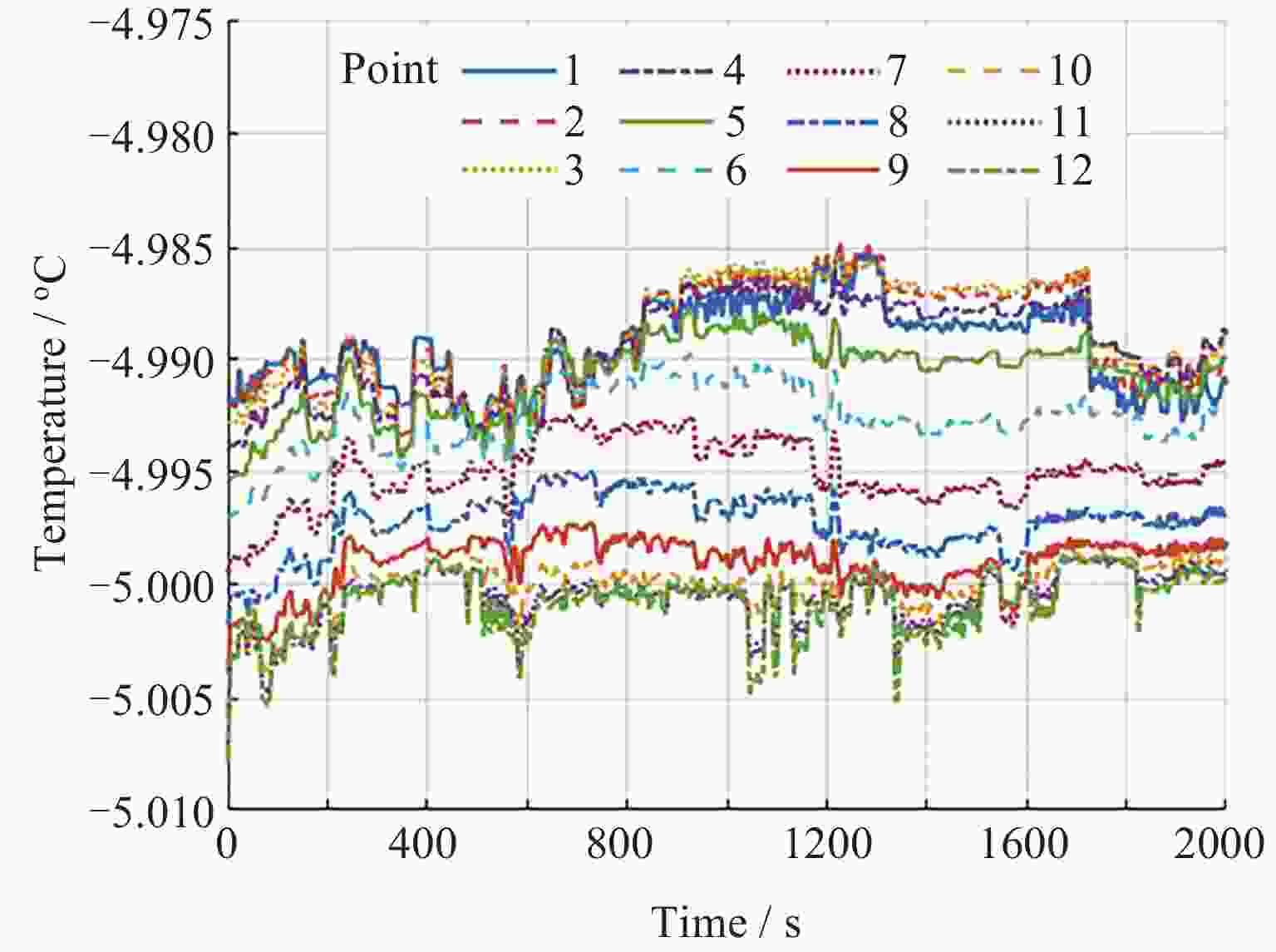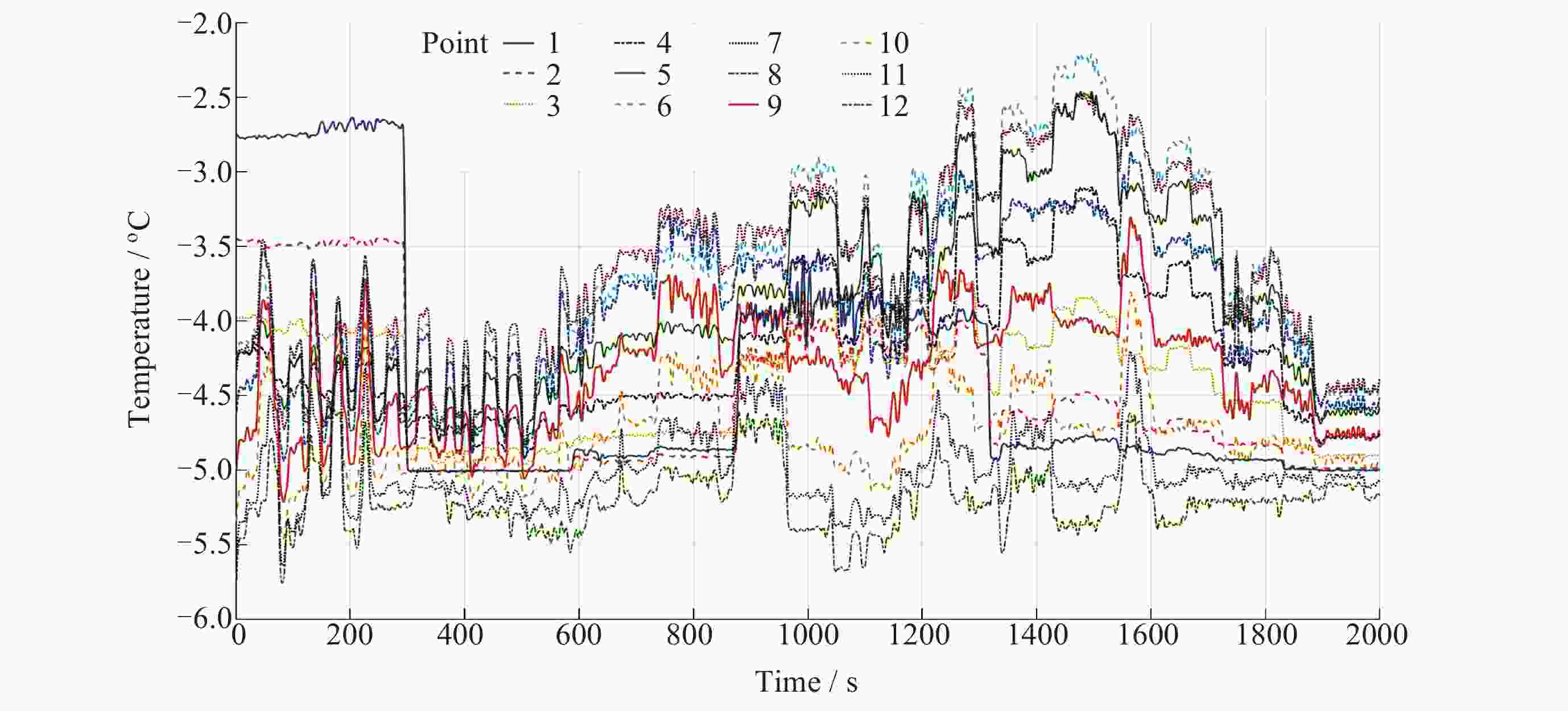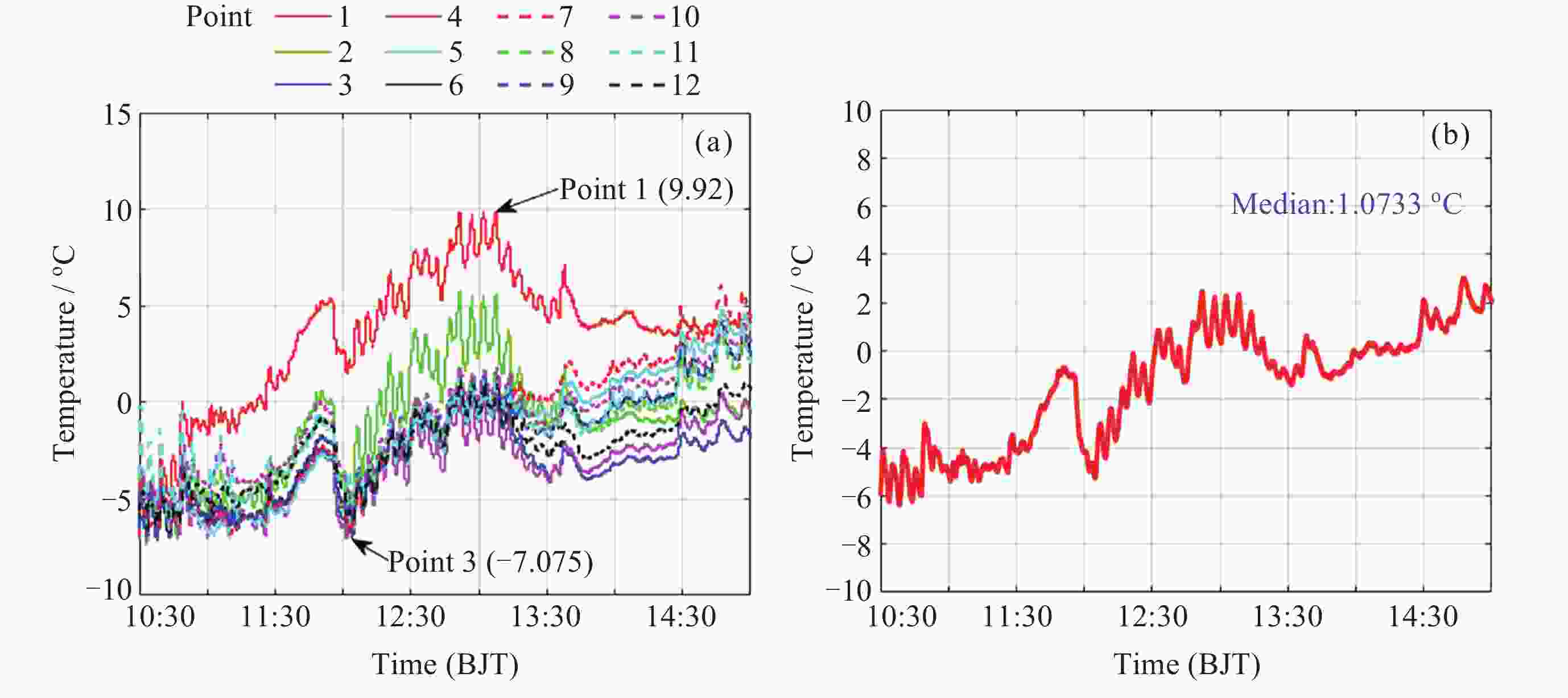Design Scheme and Verification of the Thermal Control System for Balloon-borne Coronagraph in Near Space
-
摘要: 日冕仪的光学系统通常采用较小的焦比设计, 导致镜筒结构细长, 对环境温度波动极为敏感. 为确保日冕仪在低温、低压的临近空间环境中稳定运行, 研究设计了一套高精度温度控制系统. 该系统包含12套独立控制的温控单元, 以热敏电阻为传感器, 结合薄膜加热片和PID(Proportional-Integral-Derivative)控制算法, 实现对镜筒温度维持在$ -\mathrm{5±}\mathrm{3} $℃. 利用铝合金材料热收缩特性的差异消除结构间隙, 控制热变形并通过调焦机构补偿焦距变化. 通过系统分析日冕仪结构特征及工作环境条件, 建立了临近空间环境下的热交换模型, 揭示了影响系统温度的关键因素, 进而提出了一种结合多级隔热与主动加热相结合的热控方案. 2022年10月4日系统在青海省大柴旦地区成功完成飞行实验, 驻留在海拔30 km的平流层, 并采集到有效数据. 回收数据表明, 温控系统运行稳定, 镜筒温度波动控制在设计范围内, 有效保障了日冕仪在极端环境下的正常工作, 为将来类似任务提供了重要的技术参考.Abstract: The optical system of the balloon-borne coronagraph typically adopts a small focal ratio design, leading to a slender tube structure that is highly sensitive to fluctuations in ambient temperature. To ensure stable operation under the low-temperature and low-pressure conditions of near-space, this study developed a high-precision thermal control system. The system comprises 12 sets of independently regulated temperature control units, utilizing thermistors as sensors, along with thin-film heaters and a PID control algorithm, to accurately maintain the mirror tube temperature within –5±3℃. By exploiting the differential thermal contraction properties between aluminum alloy and optical materials, the system effectively eliminates structural gaps and mitigates thermal deformation, while an active focusing mechanism compensates for focal shift caused by temperature variations. Through systematic analysis of the structural characteristics of the coronagraph and its operating environment, a heat transfer model specific to near-space conditions was established, identifying the key factors influencing the system temperature, and then a thermal control scheme combining multi-layer insulation and active heating was proposed. On 4 October 2022, a successful flight experiment was conducted in Da Qaidam, Qinghai Province, where the system operated at an altitude of 30 km, acquiring valuable observational data. The recovered data indicates that the temperature control system operates stably, with the temperature fluctuation of the coronagraph tube controlled within the design range. This effectively ensures the normal of the coronagraph in extreme environments, and provides an important technical reference for future similar missions.
-
Key words:
- Near space /
- Low-temperature environment /
- Coronagraph /
- Temperature control system
-
图 10 日冕仪指向太阳后镜筒各测温点的温度变化曲线. (a)日冕仪临近空间观测期间镜筒温度变化曲线, (b)日冕仪临近空间观测期间镜筒平均温度变化曲线
Figure 10. Temperature change curves of each measuring point of the coronagraph tube after the coronagraph is pointed at the Sun. (a) Temperature variation curve of the coronagraph tube during near-space observations. (b) Average temperature variation curve of the coronagraph tube during near-space observations
表 1 日冕仪关键材料热物性参数
Table 1. Thermo physical property parameters of key materials for the coronagraph
名称 材料 比热容/
(J·kg–1·K–1)密度/(kg·m–3) 导热系数/
(W·m–1·K–1)透镜透光率/(%) 太阳吸收率 红外发射率 镜筒 6061-T6 896 2700 152 ― ― ― 物镜 石英 740 2200 1.4 99.8 ― ― 场镜 H-ZK9 B 840 2520 1.2 99.5 ― ― 成像镜1 H-ZK21 820 3040 1.1 99.0 ― ― 成像镜2 H-ZF6 750 4410 0.9 98.5 ― ― 成像镜3 H-ZK21 820 3040 1.1 99.0 ― ― 成像镜4 H-K9 L 858 2520 1.2 99.6 ― ― 羊毛毡 ― 1300~1 800 100~300 0.05 ― 0.8 0.9 镀铝薄膜 ― 1170 1390 0.15 ― <0.1 0.08 表 2 不同温度条件下的空气参数
Table 2. Air parameters under different temperatures
参数 温度条件 Tf = 218.15 K ($ - $55 ℃) Tmw = 230.65 K ($ - $42.5 ℃) Tg = 243.15 K($ - $30 ℃) 密度ρ/ (kg·m–3) 0.043 9 0.042 0.039 4 动力黏度u/ (Pa·s) 1.420×10–5 1.498×10–5 1.570×10–5 定压比热 Cp /(J·kg–1·K–1) 1003.5 1003.5 1003.5 导热系数k /(W·m–1·K–1) 0.0217 0.02238 0.02250 表 3 加热回路的布局与功率分配
Table 3. Layout and power distribution of the heating circuits
序号 加热器回路名称 加热功率/ W 控温阈值/℃ 温度测控点名称 1 镜筒1 35 [–7, –5] 镜筒温度1 2 镜筒2 35 [–7, –5] 镜筒温度2 3 镜筒3 35 [–7, –5] 镜筒温度3 4 镜筒4 30 [–7, –5] 镜筒温度4 5 镜筒5 30 [–7, –5] 镜筒温度5 6 镜筒6 10 [–7, –5] 镜筒温度6 7 镜筒7 5 [–7, –5] 镜筒温度7 8 尾部X+ 15 [–7, –5] 尾部温度1 9 尾部Z+ 10 [–7, –5] 尾部温度2 10 尾部X– 15 [–7, –5] 尾部温度3 11 尾部Z– 10 [–7, –5] 尾部温度4 12 尾部Y+ 10 [–7, –5] 尾部温度5 -
[1] 刘艳霄, 宋腾飞, 张涛, 等. 欧洲球载太阳望远镜SUNRISE及其相关研究成果简介[J]. 天文研究与技术, 2021, 18(3): 314-336LIU Yanxiao, SONG Tengfei, ZHANG Tao, et al. An overview of the European balloon-borne solar telescope SUNRISE and its related research results[J]. Research in Astronomy and Astrophysics, 2021, 18(3): 314-336 [2] 林隽, 宋腾飞, 孙明哲, 等. 50mm白光球载日冕仪: I. 基本结构与地面观测实验[J]. 中国科学: 物理学、力学、天文学, 2023, 53(5): 150-176LIN Jun, SONG Tengfei, SUN Mingzhe, et al. 50mm white-light coronagraph: I. Basic structure and ground observation experiments[J]. Science China: Physics, Mechanics & Astronomy, 2023, 53(5): 150-176 [3] DEVORKIN D H. When to send your telescope aloft[J]. Journal for the History of Astronomy, 2019, 50(3): 265-305 doi: 10.1177/0021828619864723 [4] CHO Y H, HEUNG G, BOBROV Y, et al. SunbYte: an autonomous pointing framework for low-cost robotic solar telescopes on high altitude balloons[J]. Experimental Astronomy, 2024, 57(3): 27 doi: 10.1007/s10686-024-09944-w [5] GRAHAM L A. Thermal-Mechanical Design of the Balloon-Borne Aerosol Limb Imager[D]. Saskatoon: University of Saskatchewan, 2022 [6] SOLER J D, ADE P R, ANGILE F E, et al. Thermal design and performance of the balloon-borne large aperture submillimeter telescope for polarimetry BLASTPol[C]//Ground-based and Airborne Telescopes V: Vol. 9145. Denver: SPIE, 2014: 1191-1208 [7] SOLER J D, ADE P A R, AMIRI M, et al. Design and construction of a carbon fiber gondola for the SPIDER balloon-borne telescope[C]//Ground-based and Airborne Telescopes V: Vol. 9145. Denver: SPIE, 2014: 281-296 [8] 李大鹏. 平流层飞艇通信系统吊舱热控设计[J]. 低温与超导, 2011, 39(5): 78-80LI Dapeng. Thermal control system designed for stratospheric airship communication system gondola[J]. Cryogenics :Times New Roman;">& Superconductivity, 2011, 39(5): 78-80 [9] LIU W Y, DING Y L, WU Q W, et al. Thermal analysis and design of the aerial camera’s primary optical system components[J]. Applied Thermal Engineering, 2012, 38: 40-47 doi: 10.1016/j.applthermaleng.2012.01.015 [10] O’CONNOR B. Thermal control of the balloon-borne HEROES telescope[C]//43rd International Conference on Environmental Systems. Vail: AIAA, 2013: M13-2779 [11] SOLANKI S K, RIETHMÜLLER T L, BARTHOL P, et al. The second flight of the SUNRISE balloon-borne solar observatory: overview of instrument updates, the flight, the data, and first results[J]. Astrophysical Journal Supplement, 2017, 229(1): 2 doi: 10.3847/1538-4365/229/1/2 [12] JEONG S, CHOI Y, LIM E K, et al. Toward a next generation solar coronagraph: development of a compact coronagraph on ISS[J]. Journal of the Korean Astronomical Society, 2024, 57(1): 1-10 [13] SHENG Z, LI J W, JIANG Y, et al. Characteristics of Stratospheric Winds over Jiuquan (41.1 N, 100.2 E) Using Rocketsonde Data in 1967–2004[J]. Journal of Atmospheric and Oceanic Technology, 2017, 34(3): 657-667 doi: 10.1175/JTECH-D-16-0014.1 [14] LE V T, GOO N S, KIM J Y. Experimental investigation on thermal contact resistance of alumina fibrous insulation material with Ti-6Al-4V alloy at high temperature and its effective thermal conductivity[J]. Heat and Mass Transfer, 2019, 55(6): 1705-1721 doi: 10.1007/s00231-018-02551-4 -
-





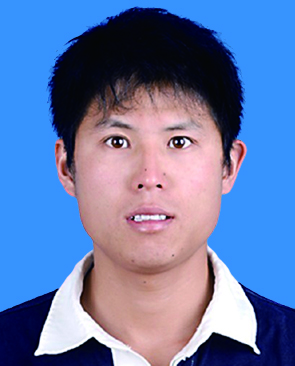

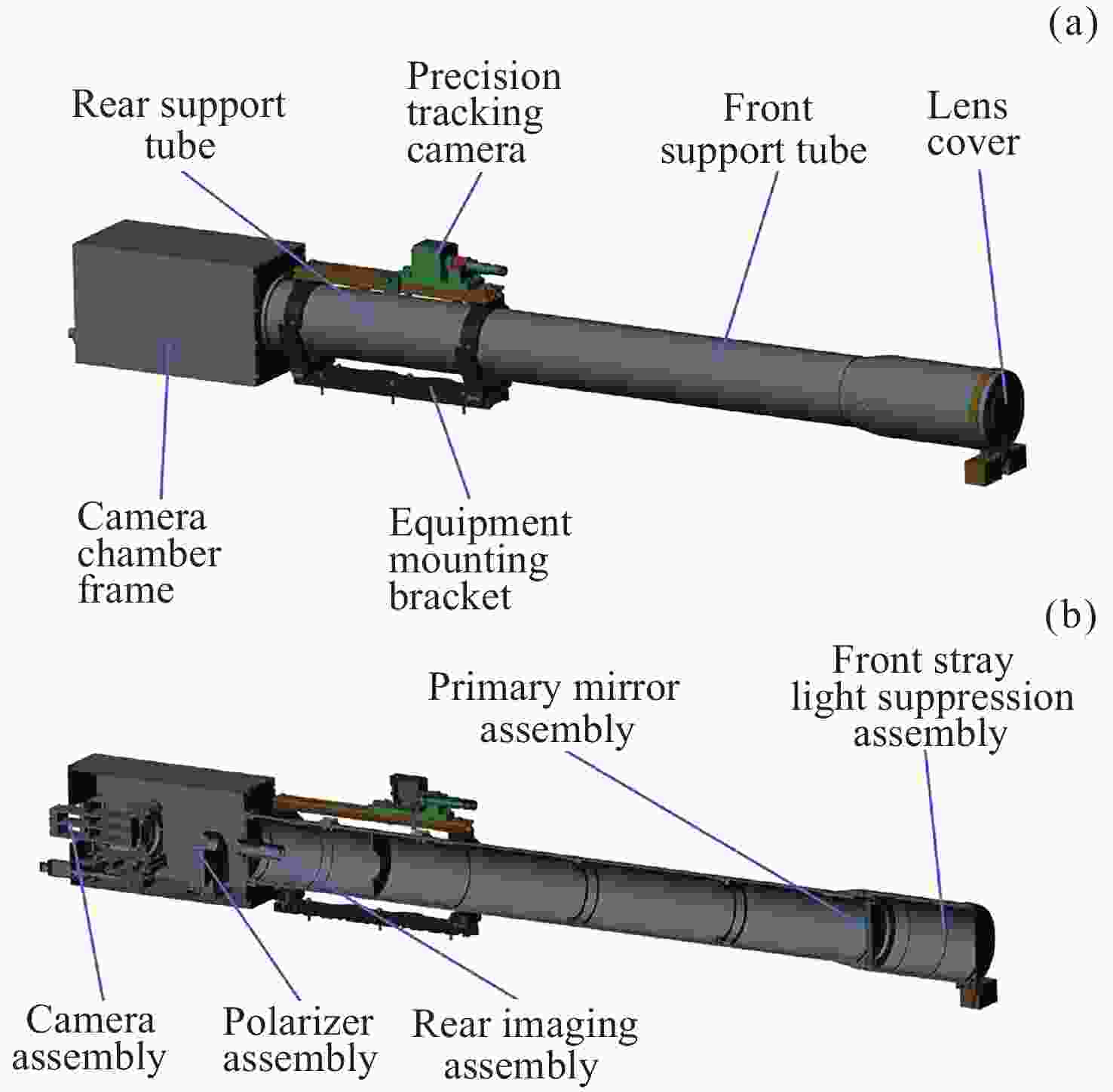
 下载:
下载:
